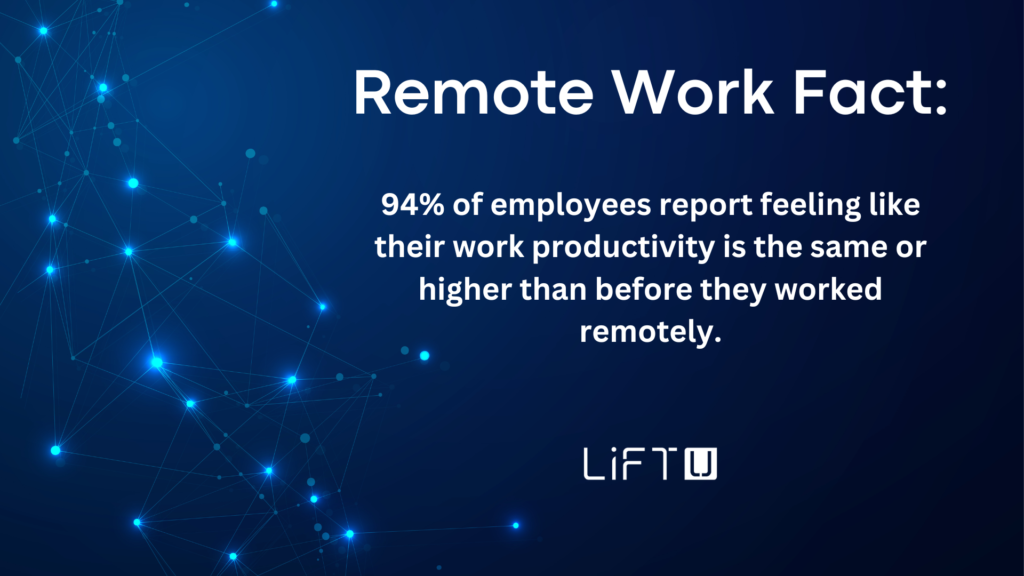Introduction
The COVID-19 pandemic has forced businesses to rapidly adapt to new realities, including remote work, changing customer demands, and disrupted supply chains. Digital transformation has become a defining moment for businesses, as companies are forced to embrace digital technologies to survive and thrive.
We’ll also look at how digital transformation has enabled improved communication and accessibility while highlighting the challenges and unexpected training requirements that come with the new process. It’s important to understand that digital transformation isn’t just about turning technology on and expecting it to work but also about digital security and the future of digital disruption.
We’ll explore the future of digital transformation and provide strategies for unlocking the power of this new reality, building a future-ready business that can thrive in the face of disruption.
A Defining Moment for Businesses
Companies that had previously hesitated to adopt digital technologies were suddenly forced to embrace them to survive. The pandemic highlighted the importance of having digital capabilities to remain competitive and agile in a rapidly changing business environment. The companies that have been able to adapt quickly and leverage digital technologies have thrived despite the pandemic.
In contrast, those slow to adopt digital transformation have needed help to keep up. Digital transformation is no longer a luxury but a business imperative that companies must embrace to stay relevant and competitive in the years to come.
A Journey of Innovation and Disruption
Digital transformation is simply businesses using technology to fundamentally change business operations. Digital transformation can drive innovation and disrupt the industry by enabling organizations to improve operations, streamline processes, and create new business models. By embracing digital transformation, companies can gain a competitive edge in today’s rapidly evolving digital landscape.
From Buzzword to Business Imperative
Digital transformation has become a buzzword, no different than synergy or innovation. However, we believe that digital transformation is more than a trend or fad. This is a business imperative, not a buzzword. Businesses who want to stay competitive must consider digital transformation.
One common myth is that digital transformation is simply about implementing new technologies, but, it’s much more than that. It’s about rethinking business models, processes, and operations to leverage technology to create new customer value and drive innovation. By embracing digital transformation, companies can create disruption in their industries and establish themselves as leaders in a rapidly evolving digital landscape.
Accessibility and Improved Communication
Digital transformation has brought about improved accessibility and communication in the workplace. Previously, in-person meetings and traditional communication channels were relied on to conduct business. However, digital tools and technologies have emerged to allow efficient communication and collaboration from anywhere worldwide.
By investing in digital transformation, you can improve collaboration through video calls, messaging and project management. Improved collaboration allows employees to work remotely and collaborate effectively, improving work-life balance, productivity, and employee satisfaction.
Accessibility also comes to mind when celebrating digital transformation. Through careful planning, organizations have a unique opportunity to revolutionize accessibility and communication in the workplace.
Process Challenges and Unexpected Training Requirements
Digital transformation can be tricky for businesses as they adopt new processes and technologies. They might encounter various difficulties such as reluctance to change, inadequate technical know-how, and difficulty in integrating with existing systems. To make the transition successful, employee training is essential, which can be a significant investment.
We won’t pretend there aren’t significant challenges related to digital transformation. Navigating these challenges can be difficult, but by prioritizing employee training, investing in the necessary resources, and communicating the benefits of digital transformation, you can successfully lead your organization through this transformational change.
Strategy and Planning
Digital transformation is not just about implementing new technology; it requires a strategic and planned approach to ensure success. The initiative leaders need to create a cohesive strategy that includes people, process and technology with a clear plan of how each integrates with the other. You might conduct a tool audit or evaluate your existing communications or guides. Developing your roadmap for how you will execute any digital transformation process is the key to your success.
Without proper planning, it is almost certain that your digital transformation goals will not be met. Digital transformation is a journey, not a one-time project. It requires ongoing evaluation and optimization to drive long-term success.
Security in the Wild
Digital transformation has enabled companies to operate with unprecedented speed and efficiency but has also created new security risks. With an increased reliance on technology and remote work, it has become more critical than ever for organizations to prioritize digital security. From implementing secure communication tools to establishing robust data encryption protocols, companies can use various strategies to protect their digital assets and sensitive data. Maintaining strong digital security practices cannot be overstated as businesses continue to navigate the challenges posed by the COVID-19 pandemic.
Embracing Disruption to Drive Growth and Success
Digital transformation is the future and will revolutionize the way businesses drive growth. Leaders who embrace new technologies and innovations will streamline their operations, deliver superior customer experiences and keep a competitive edge. Beyond improved internal operations, businesses that prioritize digital transformation can gain access to new markets and expand their reach. Those who fail to embrace change will be at risk of falling behind and missing growth targets. Digital transformation means staying ahead of the curve and thriving.
Strategies for Building a Future-Ready Business
As the business landscape evolves, digital transformation is becoming increasingly essential for companies that want to remain competitive and future-ready. However, implementing digital transformation is not always straightforward. To successfully navigate the complex digital transformation process, companies must have a clear strategy. This involves implementing new technologies, restructuring business processes, and changing company culture to embrace the digital mindset.
Conclusion
The COVID-19 pandemic has served as a catalyst for digital transformation in the business world. Companies that take the lessons learned and use them to their advance will accelerate their growth. With the right strategy and team in place to implement, companies can thrive in the face of disruption.


